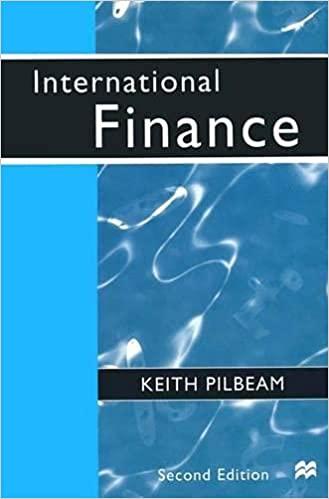
can you do only all of question 2 please
Use the following information to answer part (A) and (B) of this question. Fund X and F und Y has the following rates of return in various economic state. A. Calculate the expected return of Fund X and Fund Y respectively. (4 marks) B. Calculate the standard deviation of Fund X and Fund Y respectively. Which fund has higher investment risk and give your reason? (8 marks) C. If John is holding one stock only, is his return exposed to systematic risk and/or unsystematic risk? Which risk can he NOT eliminate through diversification. Explain your answer. (3 marks) D. List two economic factors that would affect the systematic risk of an investment. (4 marks) E.. Fund Z has a beta of 1.4 and the return of the market is 12.2%. A risk-free asset currently earns 3%. (i) What would the expected return of Fund Z be? (3 marks) (ii) If John invest in a portfolio that includes 60% of Fund Z and the rest in the risk-free asset, what is the expected return of his portfolio? (3 marks) Use the following information for part A and B. Sam is considering to invest in Stock A. Stock A has just paid a dividend of $4.17397 per share and its dividends are expected to grow at a rate of 10% p.a for the next 3 years and maintain a constant grow rate of 8% p.a thereafter. The required rate of return is 12%. A. Calculate the stock price of stock A at year 3(P3). (4 marks) B. Calculate the current share price of stock A (ex dividend of Year 0). (6 marks) C. In the Dividend Growth Model, what would be the effect on stock price if (i) the dividend per share is increased? (ii) the dividend growth rate is decreased? (4 marks) D. Sam is also considering to invest in Bond X at a coupon rate of 10%. The bond makes semiannual payments and has a face value of $1,000. The bond has time to maturity of 9 years. Suppose the yield-to-maturity on these bonds is 8.8 percent. What is the current bond price? (5 marks) E. Sam is also considering to invest in another bond (Bond Y ) with the same price and maturity terms as Bond X but has a coupon rate of 2%. Does Bond Y have a higher interest rate risk than Bond X? Explain your answer. (3 marks) F. Sam is also considering to invest in another bond (Bond Z ) with the same coupon as Bond X but a different maturity. Bond Z is less sensitive to interest rate change than Bond X. According to the information, what can you conclude about the years to maturity of Bond Z compared to Bond X? Explain your

 can you do only all of question 2 please
can you do only all of question 2 please 





